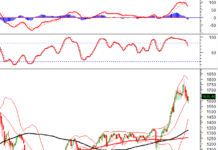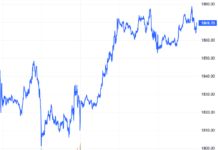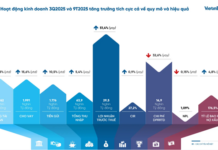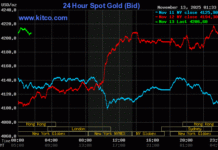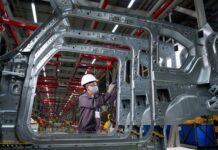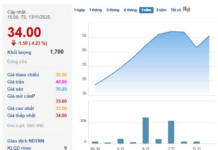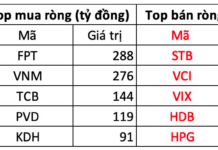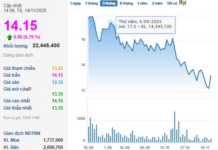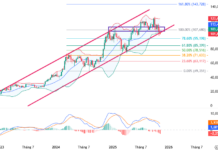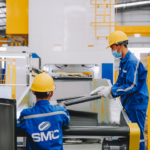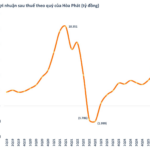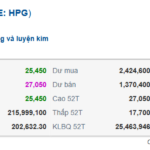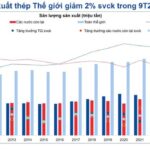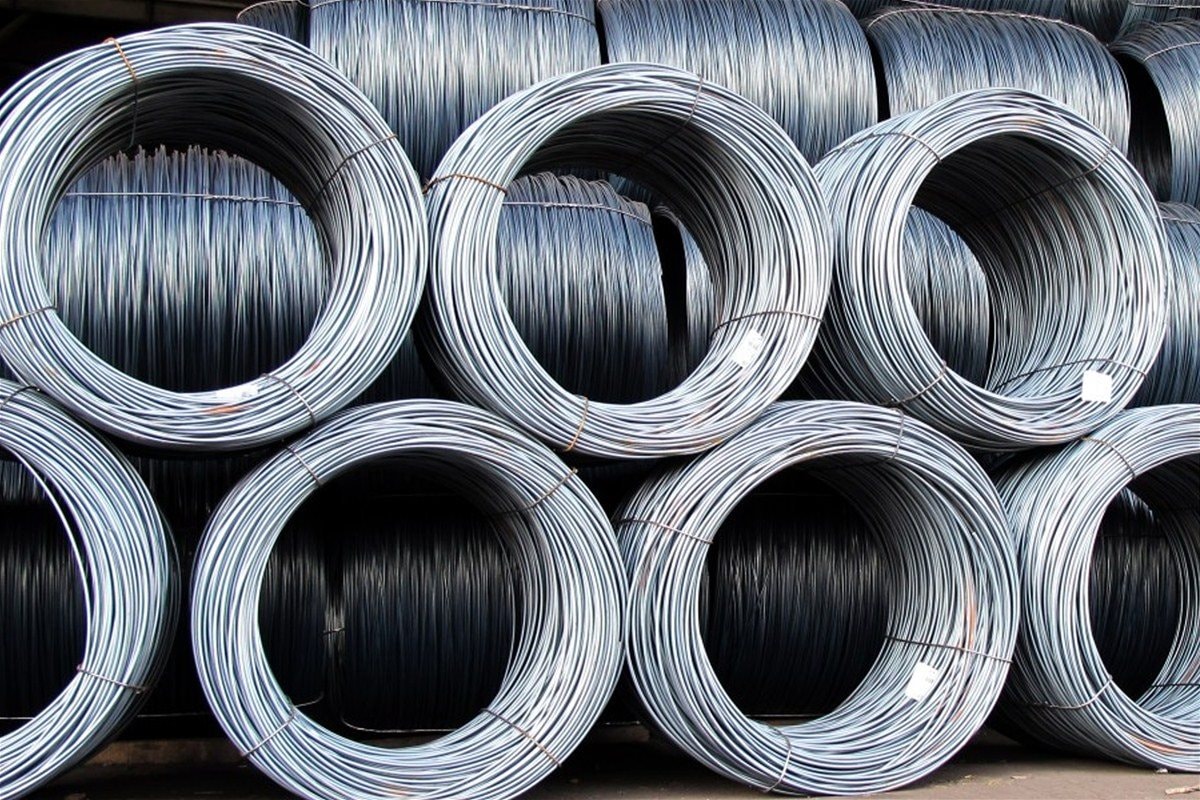
The steel industry is expected to rebound.
According to Vietcap Securities’ report on the steel industry, China’s “anti-involution” policy will boost the recovery of the entire steel industry.
China’s “Anti-Involution” Policy
China’s 2025 “anti-involution” policy aims to address unfair competition and overcapacity. The policy echoes the 2015 supply-side reform program, where the Chinese government tackled steel overcapacity due to the real estate downturn and years of excessive investment in production capacity.
The 2015 campaign involved top-down directives to shut down inefficient mills and stabilize prices. While the 2025 policy retains this core objective, it introduces refinements, including optimizing capacity structure towards higher-quality and eco-friendly production, institutionalizing reforms, enhancing central-local coordination, integrating demand-side measures, and promoting a unified national market.
Vietcap notes that while the 2015 policy prioritized “eliminating the bad,” the 2025 approach adds “promoting the good.” Both strategies aim to eradicate unfair competition and restore profitability in industries like steel.
Vietcap anticipates a gradual recovery in Chinese steel prices, primarily driven by supply cuts, at a slower pace than the 2015 cycle. In the previous cycle, from 2015 lows to late 2017, HRC and rebar prices surged by approximately 135% and 136%, respectively, due to significant capacity cuts and recovering real estate demand, leading to record steel industry profits.
IMF’s 2018 study attributes 60% of the price increase to demand and 40% to supply. This time, Vietcap expects steel prices to gradually recover from current multi-year lows, primarily driven by supply cuts as real estate demand in China remains lackluster. Thus, the recovery pace will likely be slower than in 2015.
In the short term, Vietcap forecasts a slow and volatile recovery path as supply cuts take time to have a noticeable impact, and Chinese real estate demand hasn’t significantly improved. However, the recovery trend should become more apparent in the medium to long term. Upside risks to this view include larger-than-expected supply cuts, a better-than-expected recovery in Chinese real estate, or higher-than-expected steel demand from manufacturing and infrastructure construction.
Benefits for Vietnamese Steel Companies
Vietcap believes that Vietnamese steel companies will benefit from this steel price upcycle due to improving Chinese steel prices. As the world’s largest steel producer and consumer, accounting for over 50% of global supply and demand, Chinese steel prices significantly influence international markets.
Given Vietnam’s close geographical proximity and high degree of trade integration, Vietnamese steel prices are highly correlated with Chinese steel prices due to imports from China and other countries. Thus, the upcoming Chinese steel price upcycle will likely pull up domestic steel prices.
Initial signs are already evident, with Chinese steel prices surging in July 2025, prompting major Vietnamese producers like Hoa Phat (HSX: HPG), Hoa Sen (HSX: HSG), and Nam Kim (HSX: NKG) to adjust their prices upward from late July to early August.
In the medium to long term, Vietcap expects the domestic steel industry to benefit more significantly as profit margins improve due to higher selling prices compared to previously purchased lower-cost raw materials. In the short term, inventory stockpiling may boost consumption as trading companies anticipate further price increases.
Vietcap favors HPG, anticipating that construction steel will benefit from accelerated public investment. The domestic HRC market currently faces a supply shortage, protected by AD20 anti-dumping duties on Chinese steel.
The Steel Trade Czar: SMC Faces a Tax Enforcement of Over $1 Million
“In a recent development, SMC Trading Investment Joint Stock Company (HOSE: SMC) faced an enforced tax collection by the Ho Chi Minh City Tax Authority, resulting in a bank account freeze due to outstanding tax liabilities totaling over VND 24.2 billion. Despite this action, the company firmly maintains that it has fulfilled its tax obligations.”
A Frenetic Trading Frenzy: 216 Million HPG Shares Change Hands
The Hoa Phat Group Joint Stock Company (HOSE: HPG) witnessed a staggering trading volume of nearly 216 million shares changing hands in a single session.

